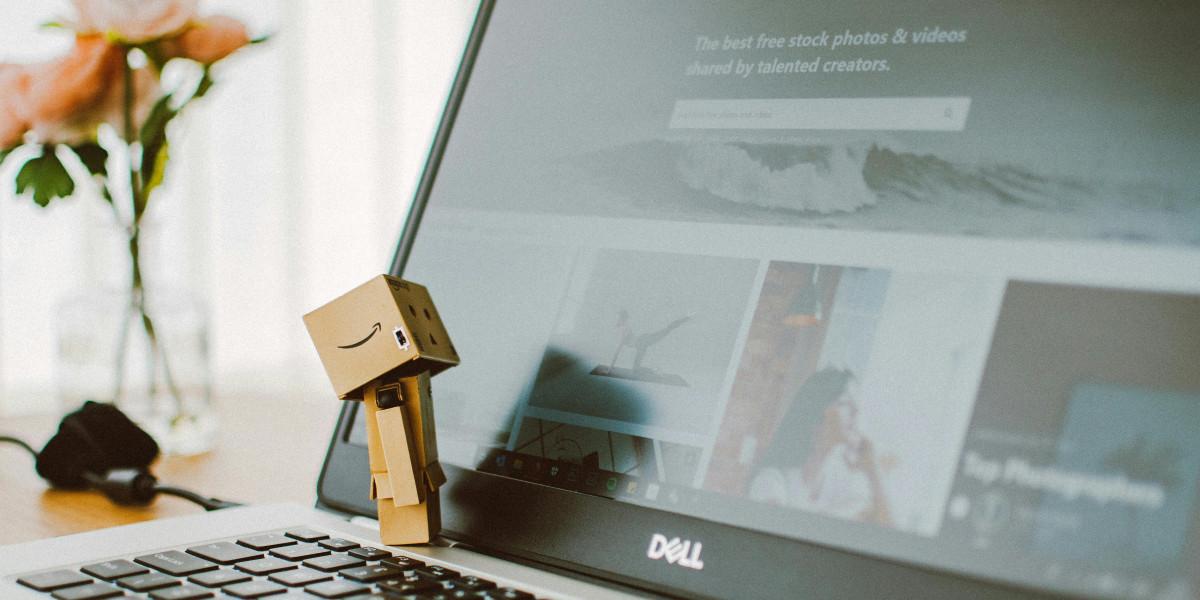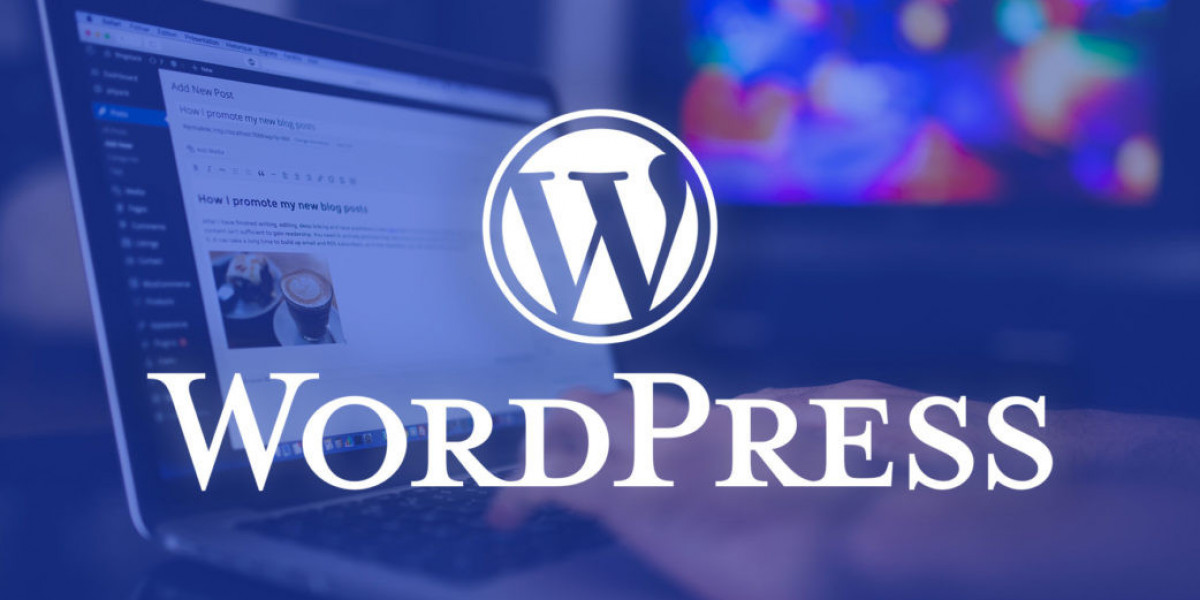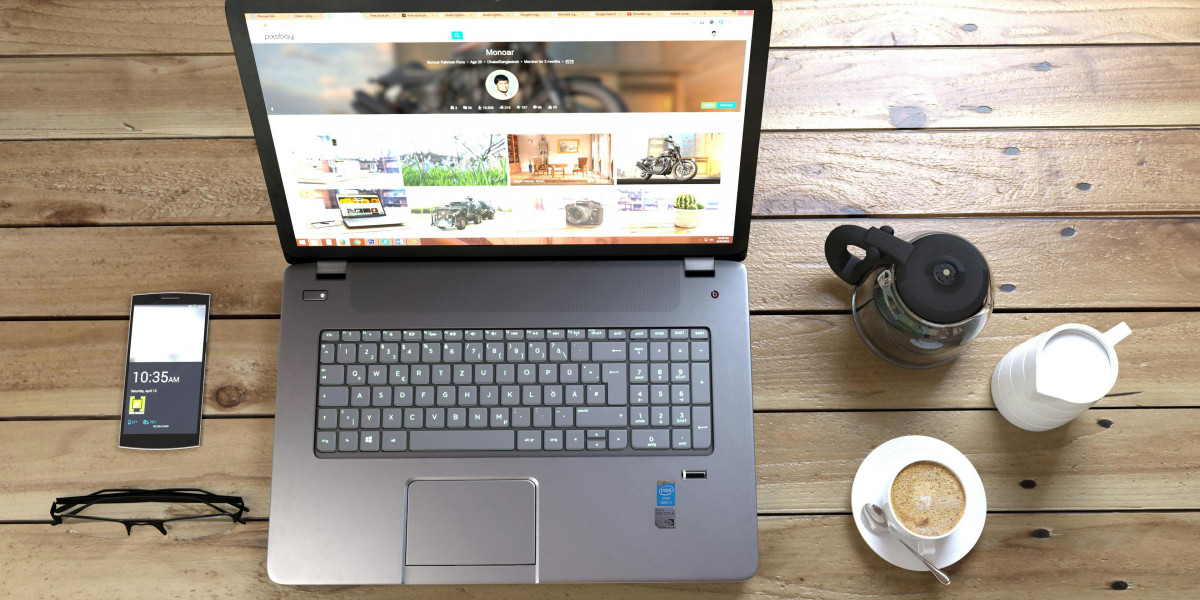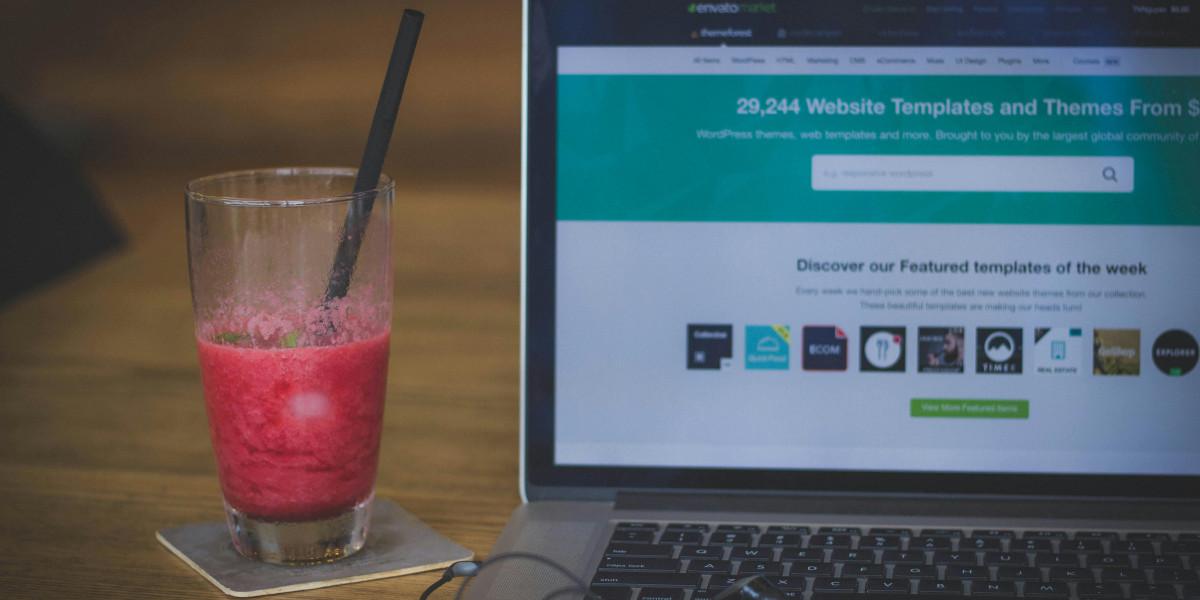Understanding Security Risks in WordPress
WordPress is one of the most popular and widely used content management systems in the world. Its popularity makes it a prime target for hackers and cyber attacks. Before delving into how you can strengthen the security of your WordPress site, it is essential to understand the various risks that this system faces.
One of the primary risks facing WordPress is brute force attacks. This type of attack involves hackers using automated programs to try a large number of combinations of usernames and passwords in the hope of finding valid credentials to access the admin panel of a WordPress site. Brute force attacks can be extremely effective if users use weak or predictable passwords.
Additionally, vulnerabilities in plugins and themes pose another significant threat to WordPress security. Since WordPress is highly customizable thanks to its extensive library of plugins and themes, it can also be vulnerable to attacks if these add-ons are not properly maintained and updated. Hackers often seek to exploit known vulnerabilities in plugins and themes to gain access to the site or compromise its security.
SQL injection attacks are another major concern for WordPress site owners. These attacks involve the insertion of malicious SQL code into data input forms, such as search fields or contact forms, with the aim of manipulating the site's database and accessing confidential information or performing unauthorized actions.
Finally, the lack of regular updates can also leave your WordPress site vulnerable to attacks. Both WordPress and its plugins and themes receive periodic updates that include security patches to address known vulnerabilities. Ignoring these updates can leave your site exposed to known security risks and prevent it from benefiting from the latest protections.
In summary, WordPress offers a powerful and flexible platform for website creation, but it also presents unique challenges in terms of security. It is essential to understand these risks in order to implement effective protection and risk mitigation strategies for your WordPress site.
Other Security Risks in WordPress:
In addition to the mentioned attacks, there are also other ways in which hackers can compromise the security of your WordPress site. One of them is through the technique of "Phishing", where attackers attempt to deceive users into revealing confidential information, such as usernames, passwords, or credit card details, by impersonating trusted entities through emails, text messages, or malicious links.
Another significant risk is unauthorized access to user information. If a hacker manages to compromise the security of your WordPress site, they could access confidential information of your users, such as email addresses, phone numbers, or even credit card data if you handle online transactions. This can not only damage the reputation of your site but could also have serious legal implications in terms of privacy and data protection.
In addition to external risks, it is also important to consider internal risks, such as the security of the passwords of the team that has access to the WordPress admin panel. If team members use weak passwords or if login credentials are shared, it increases the likelihood of internal or external attackers compromising the site's security.
Practical Tips for Increasing Security
Now that you have a deeper understanding of the security risks in WordPress, it's time to implement effective strategies to protect your site. Here are some practical tips you can apply:
Keep WordPress, your plugins, and themes updated: Regular updates to WordPress, as well as installed plugins and themes, not only offer new features but also fix known security vulnerabilities. Enable automatic updates whenever possible and regularly check for pending updates to ensure your site is protected against the latest threats.
Use strong passwords and regularly change your credentials: Weak passwords are a major security vulnerability on any platform. Use complex and unique passwords that combine uppercase and lowercase letters, numbers, and special characters. Additionally, change your passwords regularly and avoid reusing them across multiple accounts.
Limit the number of login attempts: Configure your site to limit the number of allowed login attempts before the account is locked out for a specified period of time. This will help protect your site against brute force attacks by making it difficult for hackers to guess login credentials.
Install a reliable security plugin: There are several security plugins available for WordPress that can provide an additional layer of protection. Some popular options include Wordfence, Sucuri Security, and iThemes Security. These plugins offer features such as malware monitoring, intrusion detection, web application firewalls, and protection against brute force attacks.
Protect access to the admin area: Limit access to the WordPress login page only to specific IP addresses or use a security tool to add two-factor authentication (2FA). Two-factor authentication requires a second form of verification, such as a code sent to your mobile phone, in addition to the password, making it much harder for hackers to access the admin area of your site.
Perform regular backups: Set up an automatic backup system that saves backups of your site to a secure external location. This will allow you to quickly restore your site in case of a security incident or data loss.
Implement a team security policy: Educate your team on best security practices, such as creating strong passwords, identifying phishing emails, and handling confidential information properly. Additionally, restrict access to the WordPress admin area only to those who truly need access and regularly review user permissions to ensure they are appropriate.
Use HTTPS: Implement an SSL certificate on your site to enable secure HTTPS connection. This will encrypt communication between the user's browser and your server, ensuring that transmitted data, such as passwords and other confidential information, is protected against potential interceptions by third parties.
Restrict user privileges: Limit user privileges on your WordPress site to minimize the risk of unauthorized changes. Assign specific roles and permissions based on each user's responsibilities, and avoid granting administrator permissions unless absolutely necessary.
Monitor and audit site activity: Use security monitoring tools to oversee your site's activity, such as failed login attempts, changes to critical files, and suspicious user activities. Set up alerts to notify you of any unusual activity and conduct regular audits to identify potential security breaches.
Set up a web application firewall (WAF): A WAF acts as a barrier between your website and unwanted traffic, filtering and blocking malicious attacks before they reach the server. You can implement a WAF at the server level or use cloud security services that offer this functionality.
Conduct regular penetration testing: Hire security professionals or use automated tools to perform penetration tests on your WordPress site. These tests simulate real attacks to identify and remediate vulnerabilities before they are exploited by real hackers.
By implementing these practical tips and adopting a proactive approach to security, you can significantly strengthen the protection of your WordPress site and reduce the risk of cyber attacks. Remember that security is not a one-time process but a continuous effort that requires attention and constant updates to adapt to new threats and vulnerabilities.
Continuous Maintenance and Security Monitoring
While implementing robust security measures is crucial, the security of your WordPress site does not end there. Continuous maintenance and security monitoring are equally important to ensure long-term protection. Here are some additional actions you can take:
Perform regular updates: Make sure to keep WordPress, plugins, and themes on your site up to date. Updates not only add new features but also fix known security vulnerabilities. Enable automatic updates whenever possible and regularly check for pending updates.
Schedule regular backups: Set up an automatic backup system that regularly saves backups of your site to a secure external location. This will allow you to quickly restore your site in case of a cyber attack, technical error, or accidental data loss.
Monitor site activity: Use security monitoring tools to oversee your site's activity for suspicious behavior or intrusion attempts. Set up alerts to notify you of any unusual activity and conduct periodic audits to identify potential security breaches.
Regularly update security policy: Review and update your WordPress site's security policy periodically to reflect changes in threats and best security practices. Communicate these updates to the entire team and ensure everyone is aware of security policies and procedures.
Implement additional security measures: Consider implementing additional security measures such as a web application firewall (WAF), intrusion detection system (IDS), or cloud security services. These tools can provide an extra layer of protection against cyber attacks.
Train your team: Educate all team members on best security practices and how to recognize and respond to potential cyber threats. Provide regular training on online security, including recognizing phishing emails and securely handling passwords and sensitive data.
Stay informed about the latest threats: Stay up to date on the latest news and trends in cybersecurity to ensure you are prepared to face new threats. Join online communities, subscribe to security newsletters, and participate in cybersecurity conferences and events.
By maintaining a proactive approach to continuous maintenance and security monitoring, you will be better equipped to protect your WordPress site against potential cyber threats and ensure its long-term security. Remember that security is an ongoing process, and you must always be vigilant to changes in the threat landscape and adapt your security measures accordingly.







